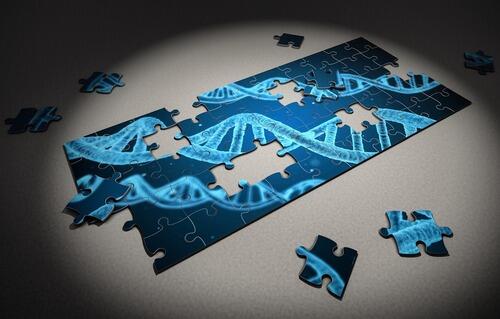The impact of microbiologically-influenced corrosion is still often underestimated, with MIC corrosion often progressing much faster than normal corrosion, up to 10 to 100 times faster. The management of MIC corrosion is different from that of chemical corrosion. Correct diagnosis is therefore extremely important. In practice, we regularly see this step being skipped and measures being taken that do not solve the problems or even make them worse.

Do you want to know if MIC-related organisms are present in your system or on material and gain insight into the risks?
With MIC ThreatWatch we look at whether there is contamination with MIC related organisms and the associated risks. MIC ThreatWatch consists of the following tests:Investigating the environmental conditions provides insight into how favourable the conditions are for the growth of MIC-associated microorganisms. We use qPCR and NGS analysis to map the extent of contamination, the microorganisms involved. Based on this, we perform a risk calculation.
Using MIC ThreatWatch Risk Insight, we can help you develop a risk-based MIC control plan.
Using the data from these analyses, we can identify the involvement of bacteria in corrosion damage and reveal their role in the process. By studying the elements and minerals present in the corrosion products, we can see exactly what chemical processes are taking place. Even if MIC is not the cause of the damage, this research provides very valuable insights into the origins of corrosion.
Thanks to the synergy of these research methods, we are able to make an accurate diagnosis and guide you in developing a mitigation plan to prevent further damage. A mitigation plan designed specifically for your situation will result in less damage, less maintenance and extend the life of your equipment by up to 20 years.
We will send you all the necessary sampling material and a protocol within one working day. Use the kit to take your own samples and conserve them. Cooling the samples is not necessary.
Send the sampling kit back (uncooled) and you will receive the analysis report by e-mail within ten working days. In case of urgency we can report within 48 hours (urgency fee applicable).
If you do not want to perform sampling yourself, we will do it for you.

Elsemiek Croese,
croese@microbialanalysis.com

Reinoud Homan,
homan@microbialanalysis.com